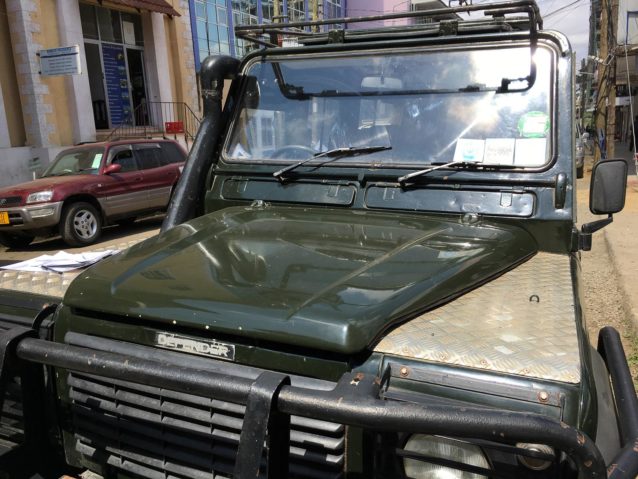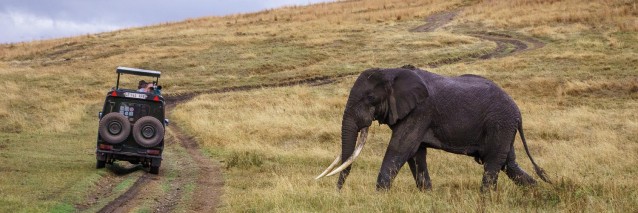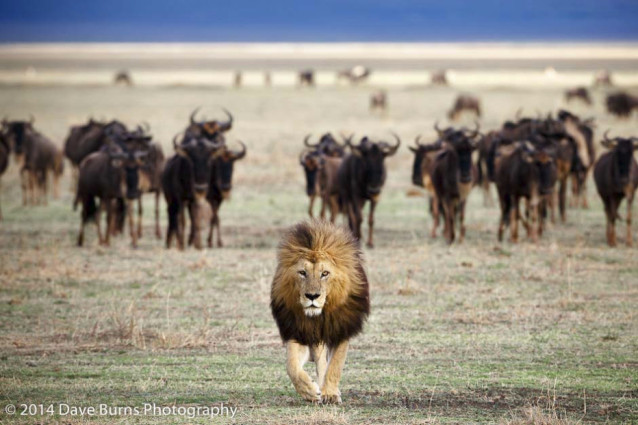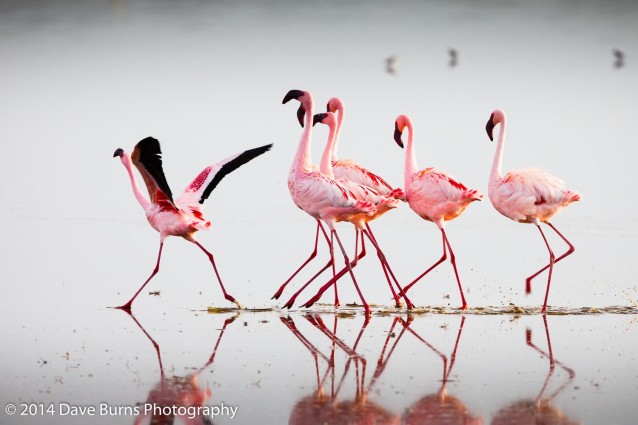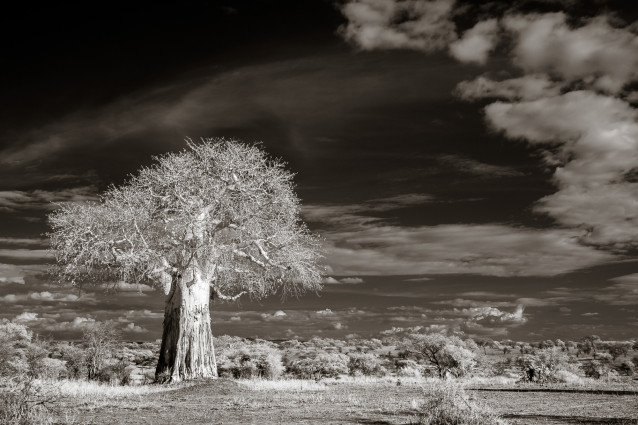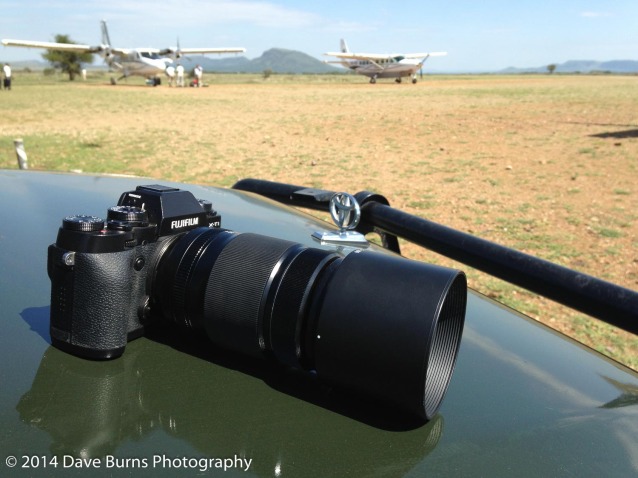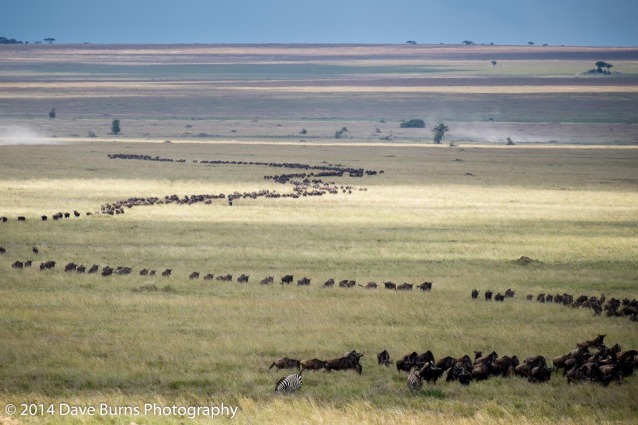Notes from Lake Natron: Flamingos, Infrared, and Footprints
by Dave Burns | Posted in Trip Reports |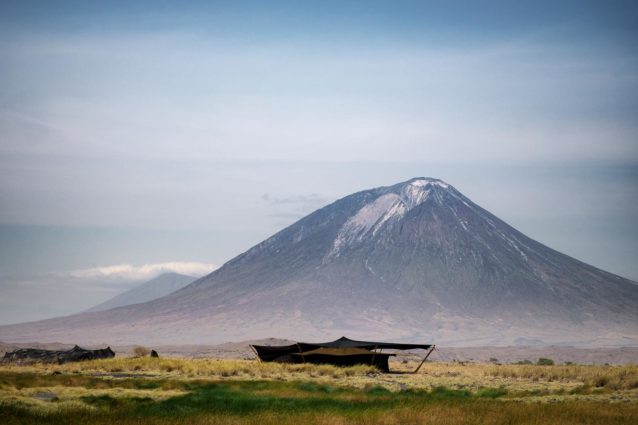
Fuji X-T1, 18-55mm @ 55, 1/350 @ f/9, ISO 200.
We stayed at Lake Natron Camp, a beautiful camp set next to the flats of Lake Natron and with an outstanding view of Lengai. It’s a desert-style camp, designed with lots of shady places, a swimming hole, the Rift Valley escarpment behind us, spacious tents with great views of the lake from their front door, and the food was outstanding (special diets handled well too: my gluten-free meals were excellent).
For wildlife photographers, Lake Natron is best known for its high density of flamingos – about 2.5 million lesser flamingos. There were also plenty of zebra and wildebeest around who left evidence that they even came through camp while we slept. The camp was sprinkled with plenty of desert rose which I think of as a Bonsai version of a baobab but with pink flowers on top.
More ›
